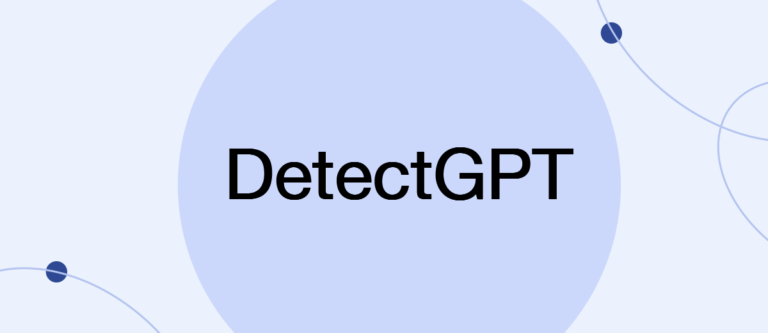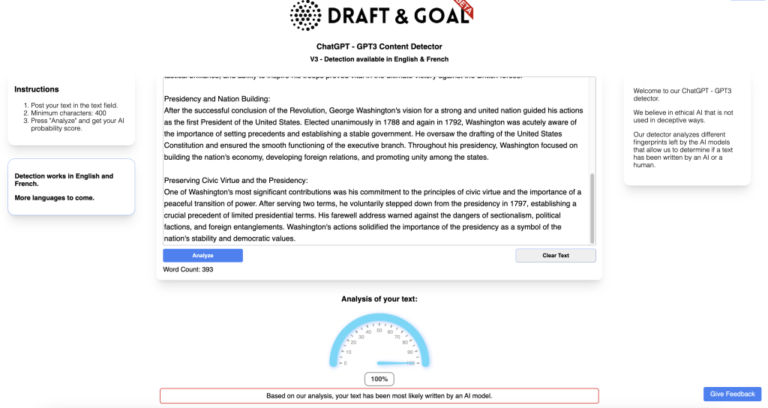Sensity.ai Key Features
- Deepfake Detection
Sensity.ai excels at detecting deepfakes, identifying whether a video or image has been manipulated using AI technologies. This feature is crucial for law enforcement agencies investigating video evidence or media organizations verifying the authenticity of video footage before publishing. For example, if a suspicious video surfaces during an election, Sensity.ai can analyze the content to determine if it has been artificially altered. - Real-Time Monitoring
The platform offers real-time monitoring for social media, video-sharing websites, and other platforms to detect the spread of AI-manipulated media. Businesses, governments, and organizations can use this feature to continuously monitor for potential deepfake threats that could affect their operations or reputations. - Comprehensive Reporting
After performing a deepfake detection scan, Sensity.ai provides detailed reports that include the likelihood of manipulation and highlight specific areas of concern in the media file. This report can then be used by legal teams, cybersecurity experts, or journalists for further investigation. - Enterprise-Grade Security and Compliance
Sensity.ai is built with enterprise-grade security in mind, ensuring that all data and media processed through the platform are kept secure. The tool also complies with global data protection standards like GDPR, making it a trusted choice for organizations concerned about privacy and security. - API Integration for Scalability
The tool offers API integration, allowing businesses and developers to incorporate deepfake detection directly into their workflows. For example, a social media platform can integrate Sensity’s API to automatically scan and flag user-generated content for deepfake detection before allowing it to be published. - Multimedia Analysis
Sensity.ai supports various types of media formats, including video, images, and audio. This makes it a versatile tool for analyzing different types of digital content that could be manipulated by AI. For instance, a news agency can upload both images and videos to verify their authenticity before broadcasting or publishing them.
Our Opinion
Sensity.ai is an advanced AI-driven tool designed for detecting deepfakes and other AI-manipulated media, making it essential for organizations looking to protect against the risks posed by fraudulent content. Its industry-leading deepfake detection capabilities, real-time monitoring, and enterprise-level security make it particularly valuable for sectors such as media, law enforcement, and cybersecurity.
While the platform’s complexity may pose a learning curve for non-technical users, its extensive feature set and powerful API integration offer enormous value for large organizations looking to integrate deepfake detection into their workflows. The ability to analyze various types of media and produce comprehensive reports is ideal for professionals working in digital forensics, journalism, or public relations. However, the pricing structure may be prohibitive for smaller businesses or individuals seeking more occasional use.
Who Would Benefit from Using It?
- Media Organizations: Sensity.ai helps news outlets verify the authenticity of videos and images, preventing the spread of fake news or manipulated content.
- Law Enforcement and Legal Teams: Detecting deepfakes in evidence ensures the integrity of investigations and legal proceedings.
- Cybersecurity Firms: Provides valuable insights into AI-generated threats, aiding companies in securing their platforms against fraud and misinformation.
- Governments and Public Sector Entities: Ideal for monitoring elections and public communications to prevent the spread of harmful deepfakes.
- Businesses Concerned with Reputation Management: Sensity.ai can monitor for and flag media that could harm an organization’s brand or public image.
Overall, Sensity.ai offers one of the most advanced and reliable deepfake detection tools on the market, making it a vital resource for industries grappling with the dangers posed by AI-generated media.















